The natural world continues to amaze us with the discovery of new animal species. One group that has captured the attention of scientists, researchers, and bird enthusiasts are exotic birds. Their unique characteristics and stunning appearance make them a fascinating subject of study and observation.
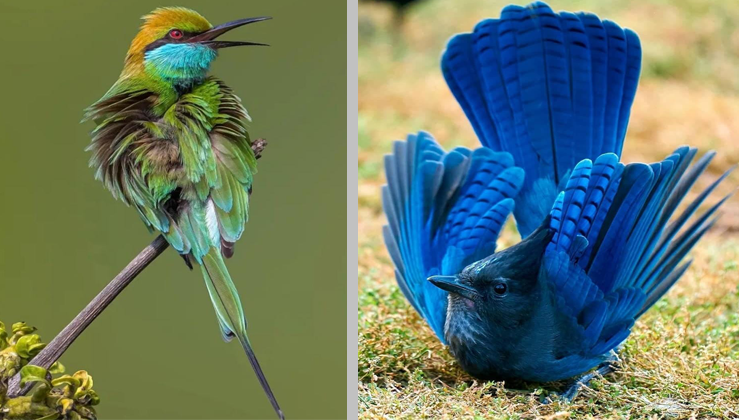
There is a diverse range of bird species on our planet, showcasing an array of vibrant colors and unique feather patterns. It is fascinating to witness nature’s creativity when it comes to adorning these creatures. To indulge your love for aesthetic beauty, we have compiled a collection of 16 stunning bird photos that are sure to captivate your senses and leave you in awe.
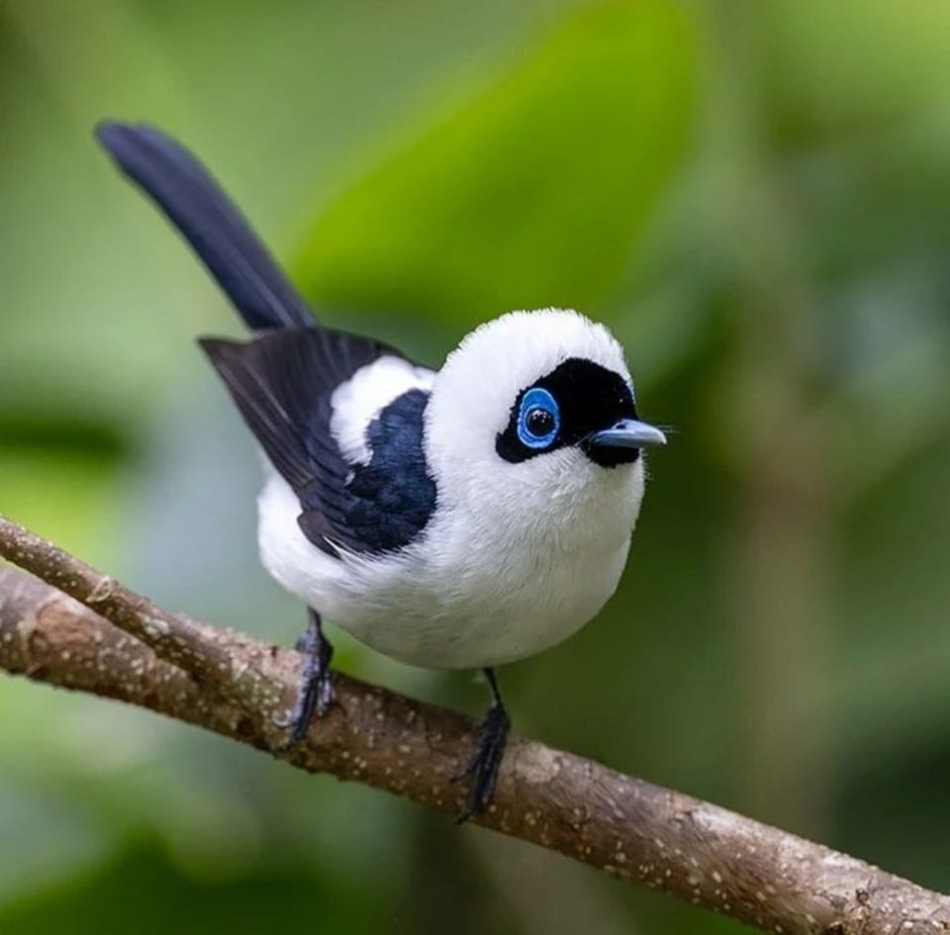
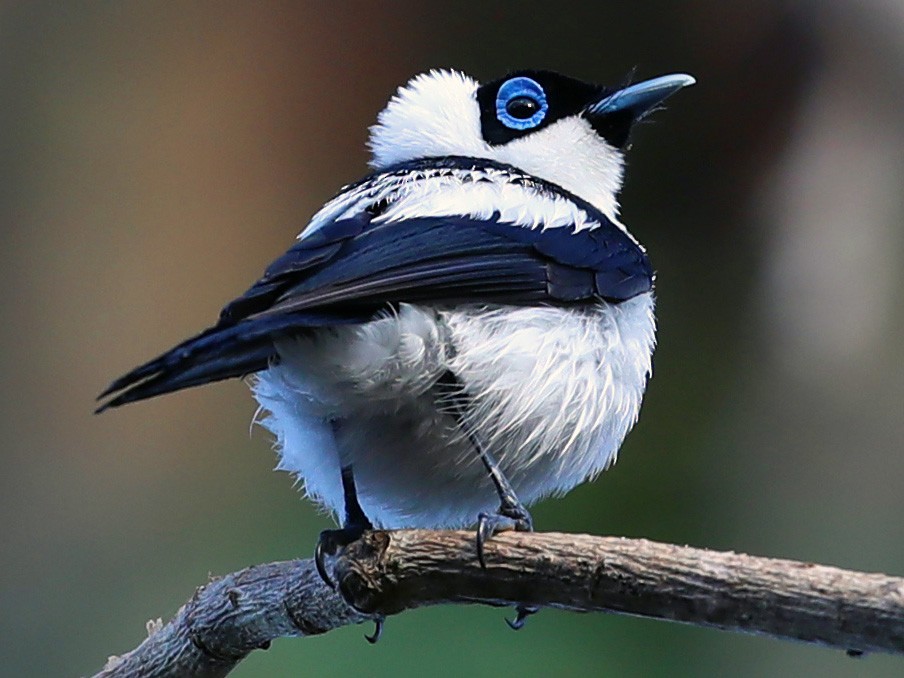
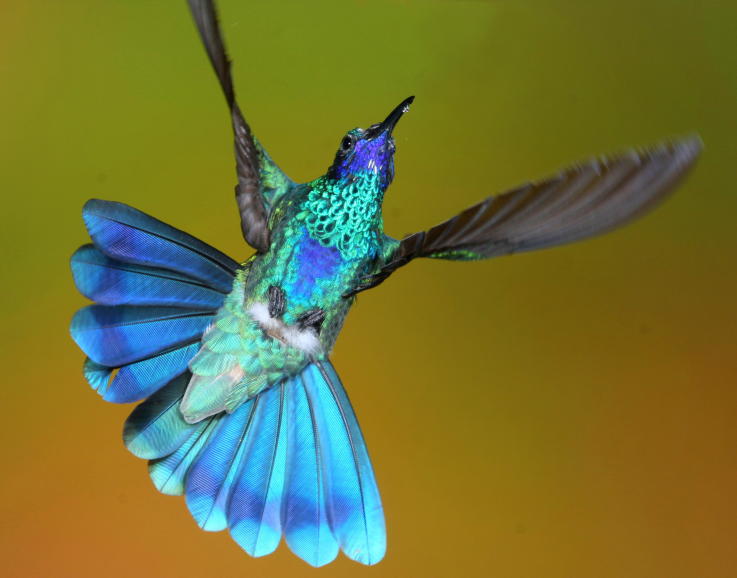
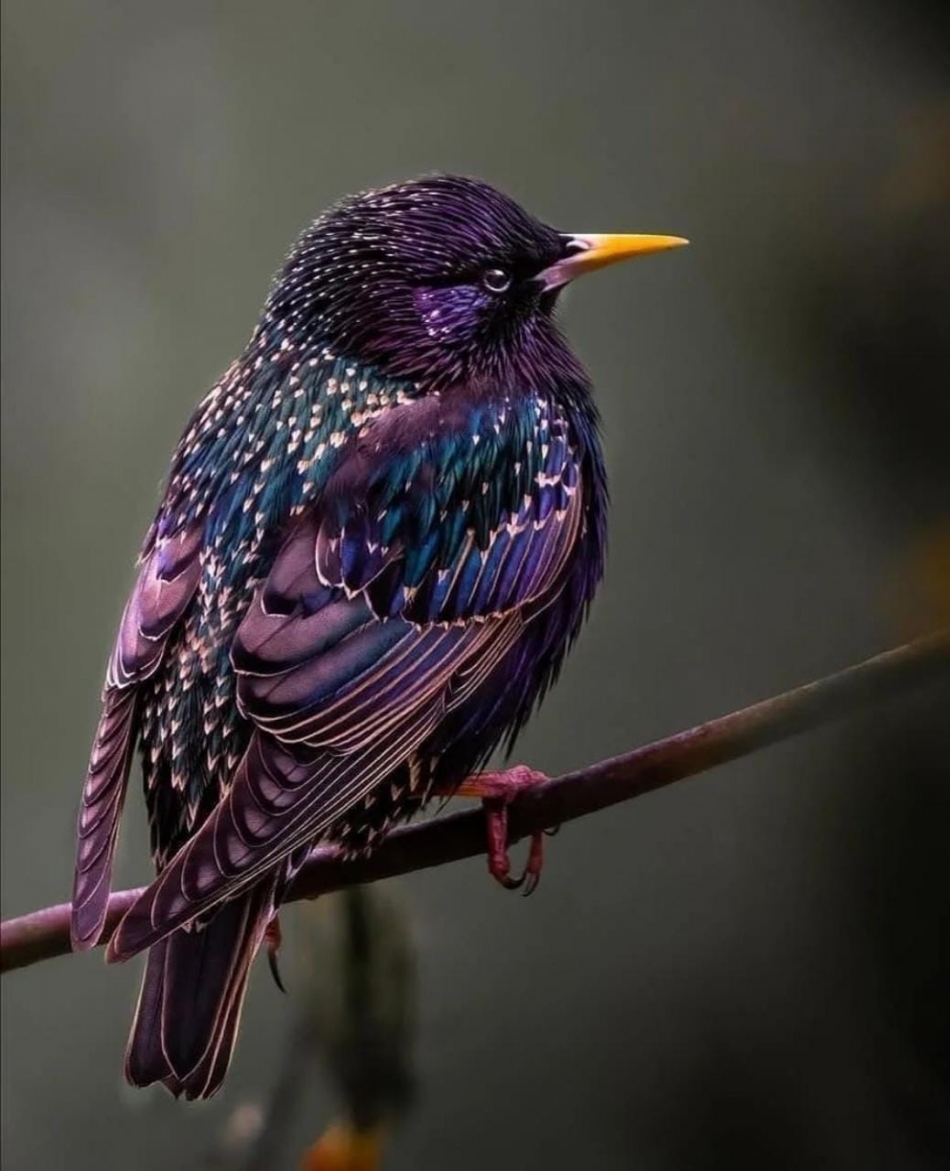
The European Starling, also known as Sturnus vulgaris, can be found in all but one of the world’s six biogeographical realms, excluding the Neotropics. Although primarily dispersed throughout its natural Palearctic region, stretching from Central Siberia to the Azores and from Norway to the Mediterranean, starlings were introduced to North America in 1890. Only fifteen pairs survived out of the hundred starlings released in New York City that year, but their population increased a million-fold over the next century due to their wide range of ecological tolerance. Today, the European Starling is found across the United States from the Atlantic to the Pacific and from Southern Canada to Northern Mexico. These birds prefer lowlands and require holes for nesting during breeding season, along with fields of vegetation for feeding. They also utilize a wider range of habitats throughout the year, including open moorland and salt marshes. European Starlings typically nest in holes and crevices in trees, buildings, and rooftops, and have been known to use other birds’ nests as their own after plundering them.

The Tawny-flanked Prinia may not catch your eye at first glance as it camouflages well in the grass and bushes. However, its distinct call is what usually grabs people’s attention. These birds are quite active and don’t like to stay still unless they are singing their beautiful songs.
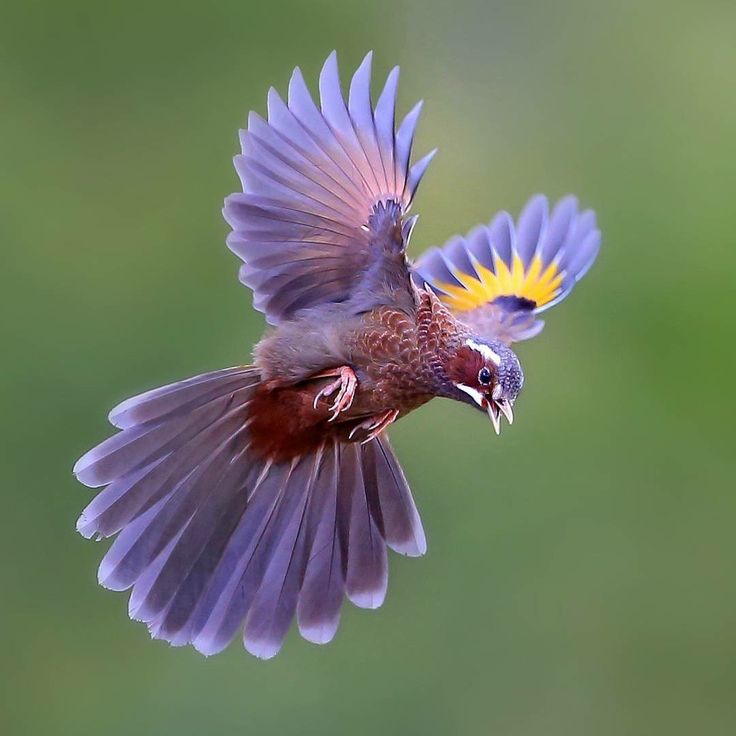
The Garrulax morrisonianus, also known as the white-whiskered laughingthrush or Formosan laughingthrush, belongs to the Leiothrichidae family and can only be found in Taiwan’s montane forests. This bird is quite large, measuring around 26 to 28 cm in length. Its most notable feature is its distinct face pattern, with a thrush-like yellowish to horn-colored bill, black eyes, and strong, brownish-pink legs. On average, it weighs approximately 77 grams.
White-whiskered laughingthrushes are social creatures and usually travel in large groups. Unlike other birds, they are not easily frightened by people. Their population size is estimated to range from 10,000 to 100,000 breeding pairs, making them somewhat common in Taiwan. Unfortunately, habitat destruction and fragmentation have caused their population to decrease over the years. Despite this, the species is not considered vulnerable at the moment.
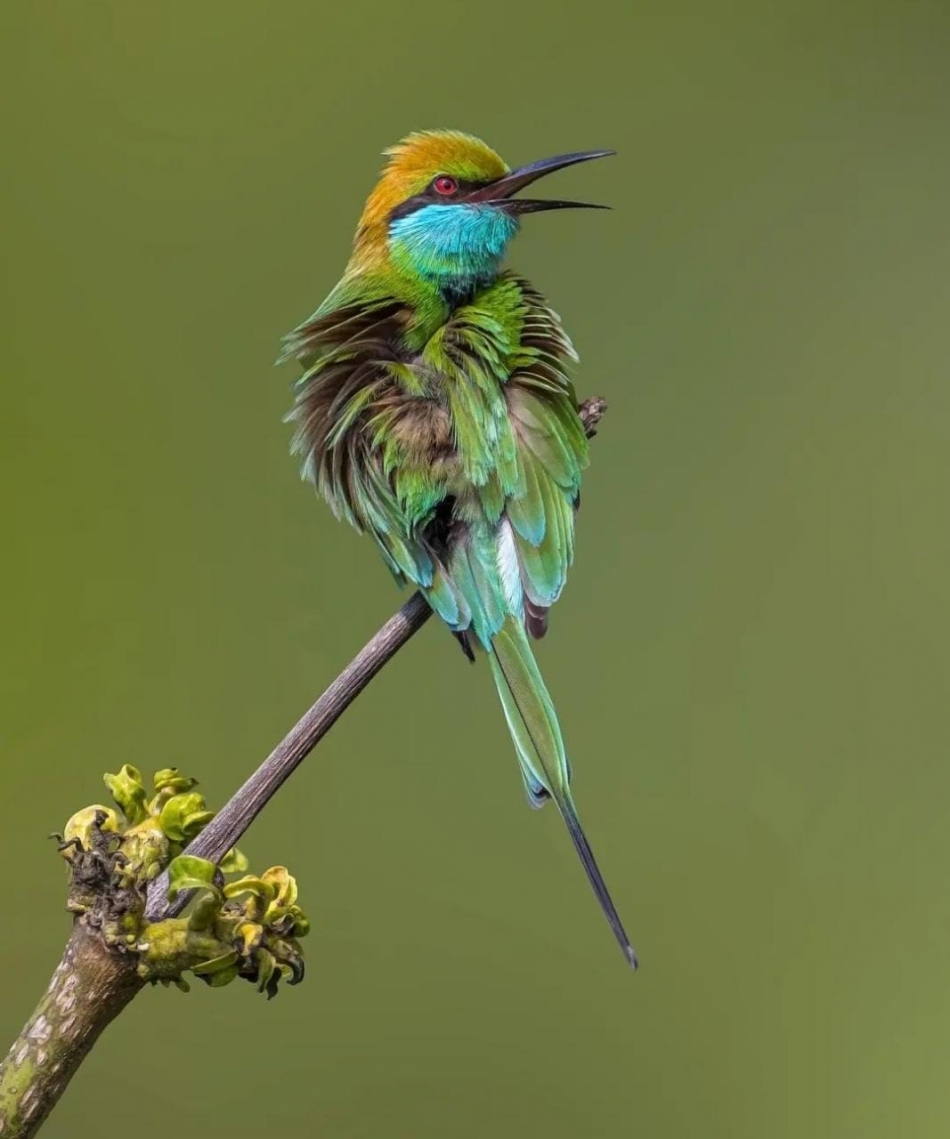
The bee-eater family, Meropidae, consists of slender birds with bright colors and long bills that are known for their graceful movements. They have a varied diet of flying insects such as bees, wasps, beetles, and dragonflies and can be found perched on high, open areas like dead trees in open fields, riverbanks, or forest edges. With their keen eyesight, they are able to easily spot and catch their prey while it is in flight. In Southeast Asia, bee-eaters tend to nest in burrows that they excavate in sandy cliff faces or on bare ground, but they have also been seen nesting in man-made piles of sandy soil. The Red-bearded Bee-eater, Nyctornis amictus, is even known to make its home in termite mounds. Although bee-eaters are most diverse in Africa, eight species can be found in Southeast Asia as either permanent residents or migratory birds.
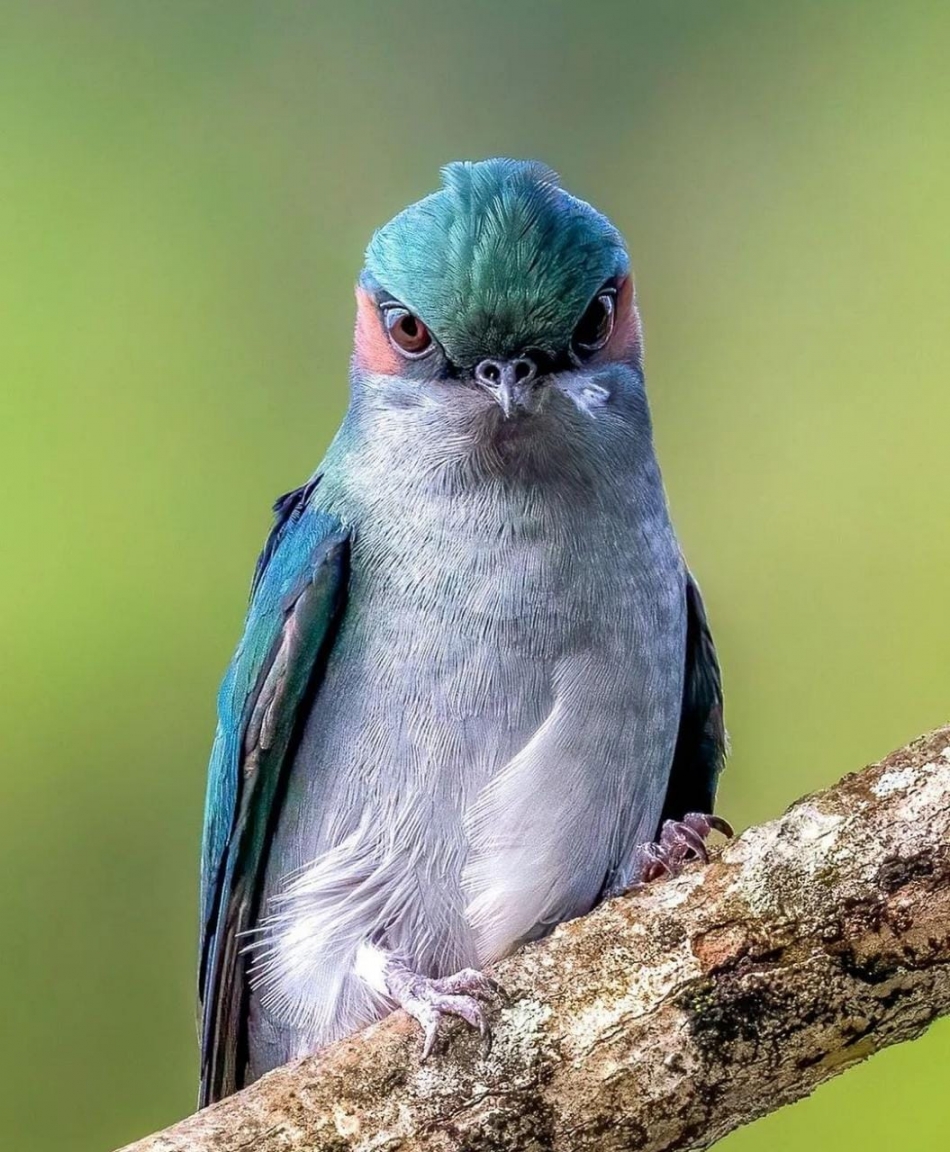
The grey-rumped treeswift belongs to the Hemiprocnidae family and is a type of bird called Hemiprocne longipennis. This family has four different species, all of which are closely related to true swifts. However, unlike true swifts, treeswifts are arboreal creatures that can be found perched on trees, high-tension power transmission lines, and pylons. When sitting, their wing tips cross over their tail. While this species is commonly seen in peninsular Malaysia, its habitat range is quite large and there is limited information regarding its population trend.
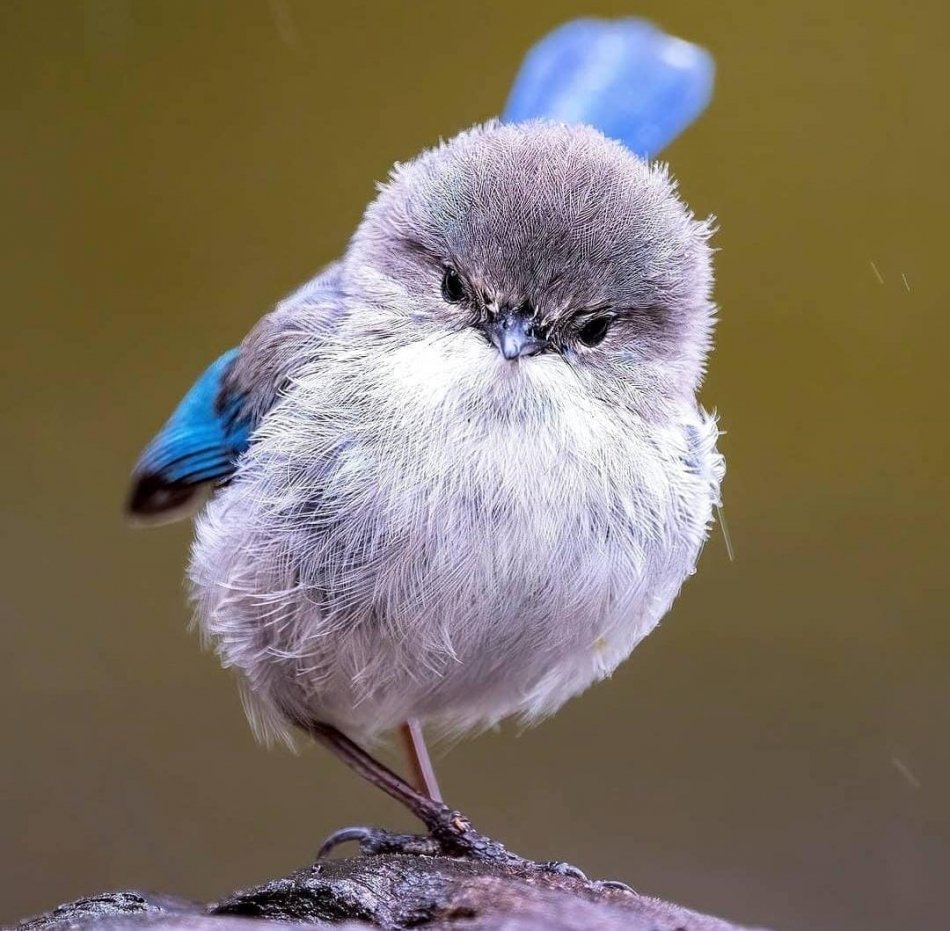
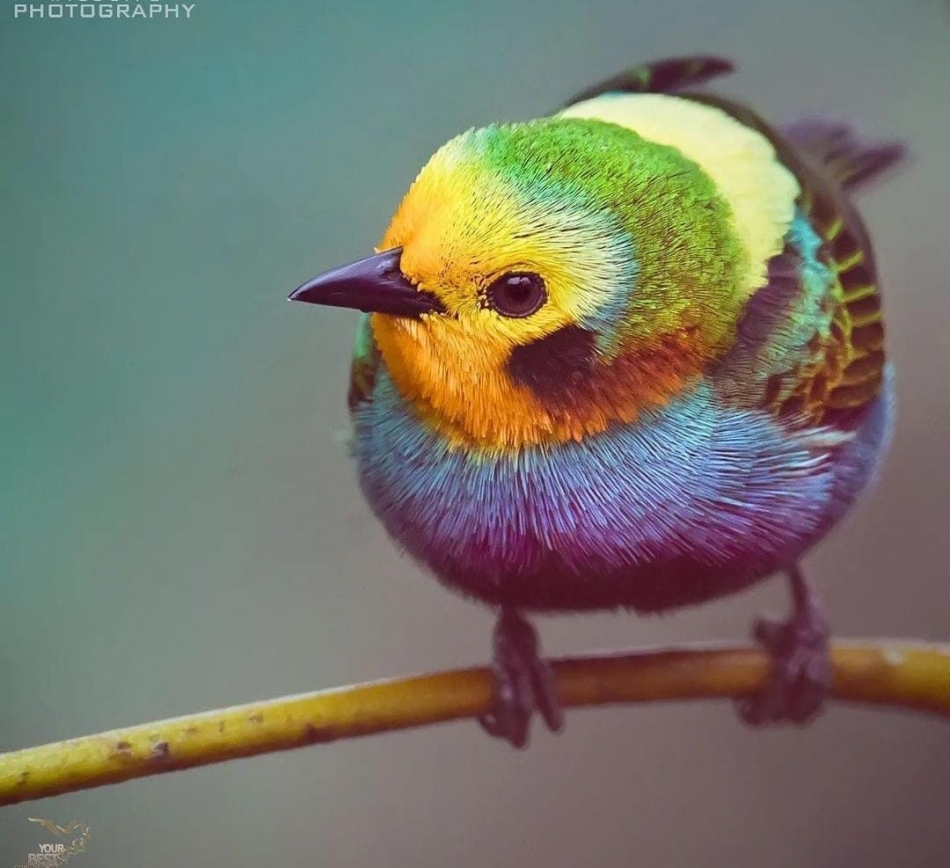
The multi-coloured tanager is a small bird that measures about 12 cm in length. The males have a striking yellow crown, face, mantle, and throat, along with chestnut and black ear coverts, bright green nape and wings, blue rump, breast, and belly, and a black patch at the center of the underparts. On the other hand, females are less vibrant and do not have a yellow mantle or black patch on the underparts. The young ones of both sexes look like females, but with a duller appearance. This bird can only be found in the interior of wet montane forests of the Occidental and Central Cordillera of Colombia. Usually found at an altitude of 1300 to 2200 meters above sea level, some sightings indicate that it can also be seen at lower altitudes, especially in the Department of Cauca. It has been observed in several departments, including Cauca, Valle del Cauca, Choco, Quindío, Risaralda, Caldas, and Antioquia. While mature forests are preferred by this species, it has also been spotted in mature secondary forests and forest edges. Most of the recent sightings of this bird are reported from the Valle del Cauca Department, where it resides throughout the year and remains fairly common, even in small forest fragments.
On the 18th of December, or 12/18 in numerical form, we can expect to see a variety of holiday activities and cheer. It’s a time for families and friends to come together, exchange gifts, and enjoy each other’s company. While traditions may vary from culture to culture, the underlying message of love, generosity, and goodwill remains universal. So let’s embrace the holiday spirit and spread joy wherever we go!
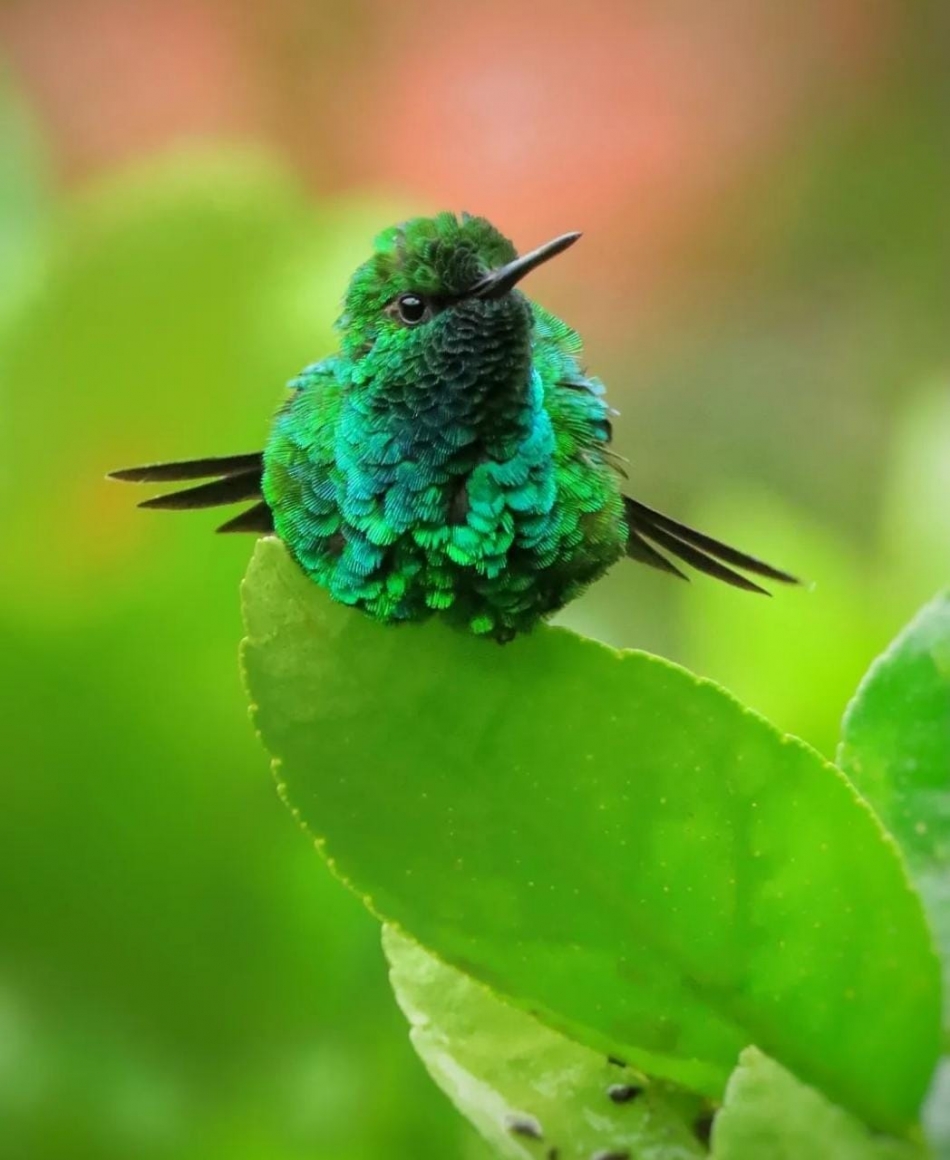
The Western Emerald Hummingbird, scientifically known as Chlorostilbon melanorhynchus, is a type of hummingbird that can be found only in the subtropical and tropical moist forests of western Colombia and Ecuador. It has a relatively wide distribution, with an estimated global Extent of Occurrence of 153,000 km. Although not uncommon, it is more commonly sighted in certain areas within its range. This species tends to thrive in montane and subtropical forest environments.
Let’s try to rephrase the given content to make it unique and original:
How about we attempt to express the provided material in our own words to ensure its authenticity and originality to avoid plagiarism? We can use a relaxed and casual writing style while communicating in the English language.
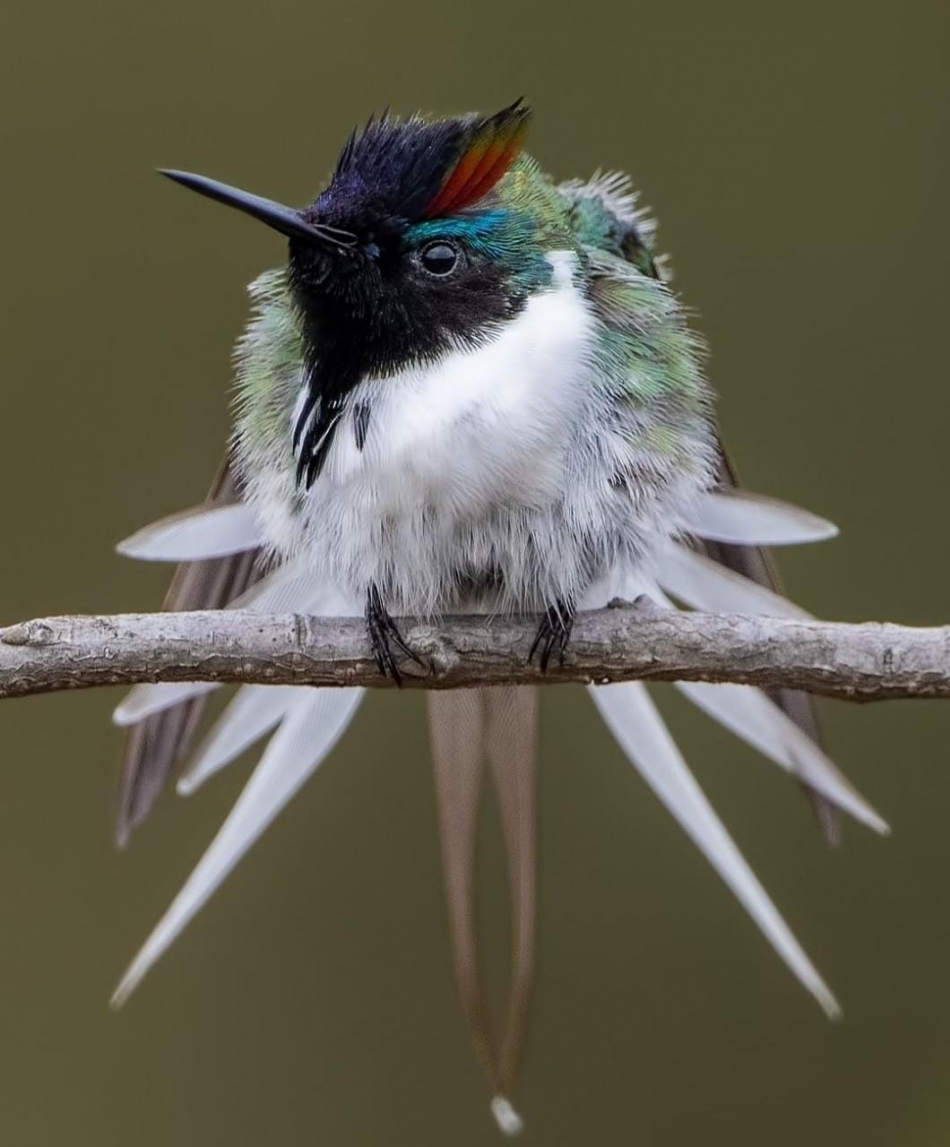
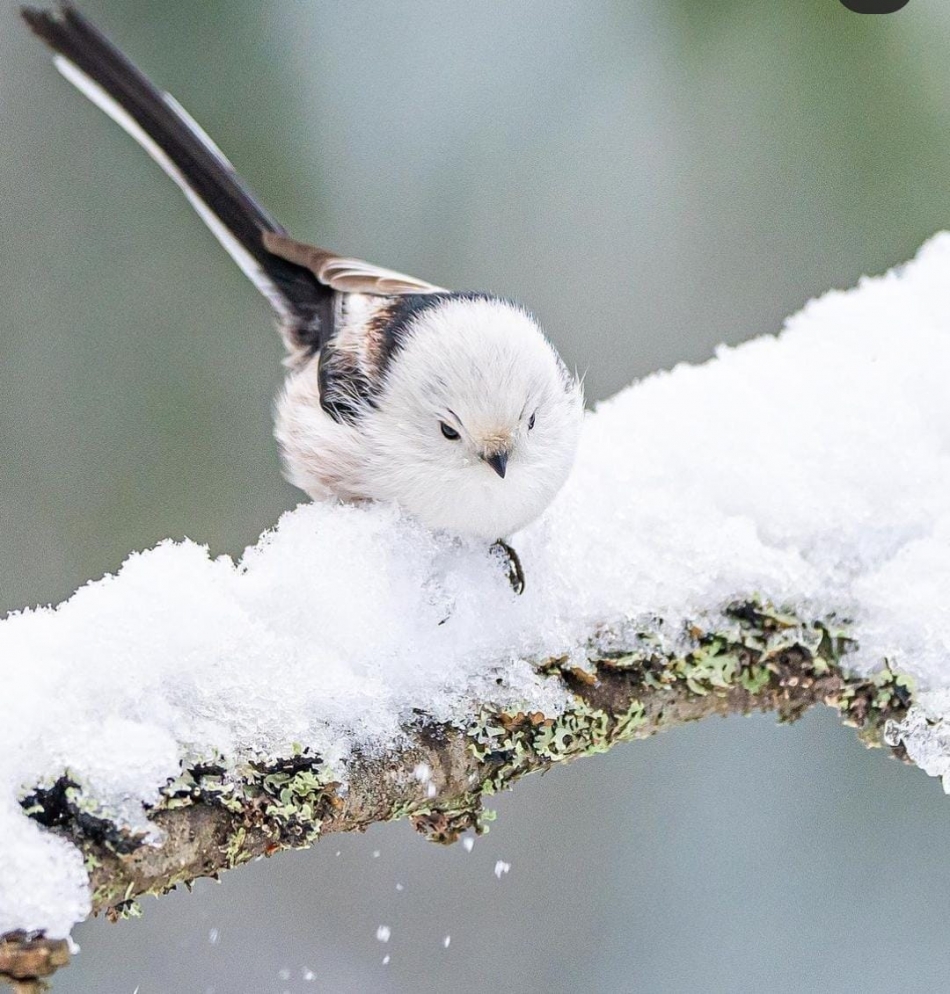
The Long-tailed Tit is a charming bird that can be found in various parts of the temperate zones of Eurasia. This species is also known as the Silver-throated Tit because of its white belly feathers. With a small and plump body measuring approximately 13-15 centimeters (including its seven-nine centimeter tail) and a short bill, the Long-tailed Tit enjoys a diet of eggs and insect larvae such as moths and butterflies. Despite some population losses during periods of extreme cold, this delightful bird is currently considered a species of least concern by the IUCN, which means that it is under little or no risk. Let’s admire this beautiful creature for its grace and charm.
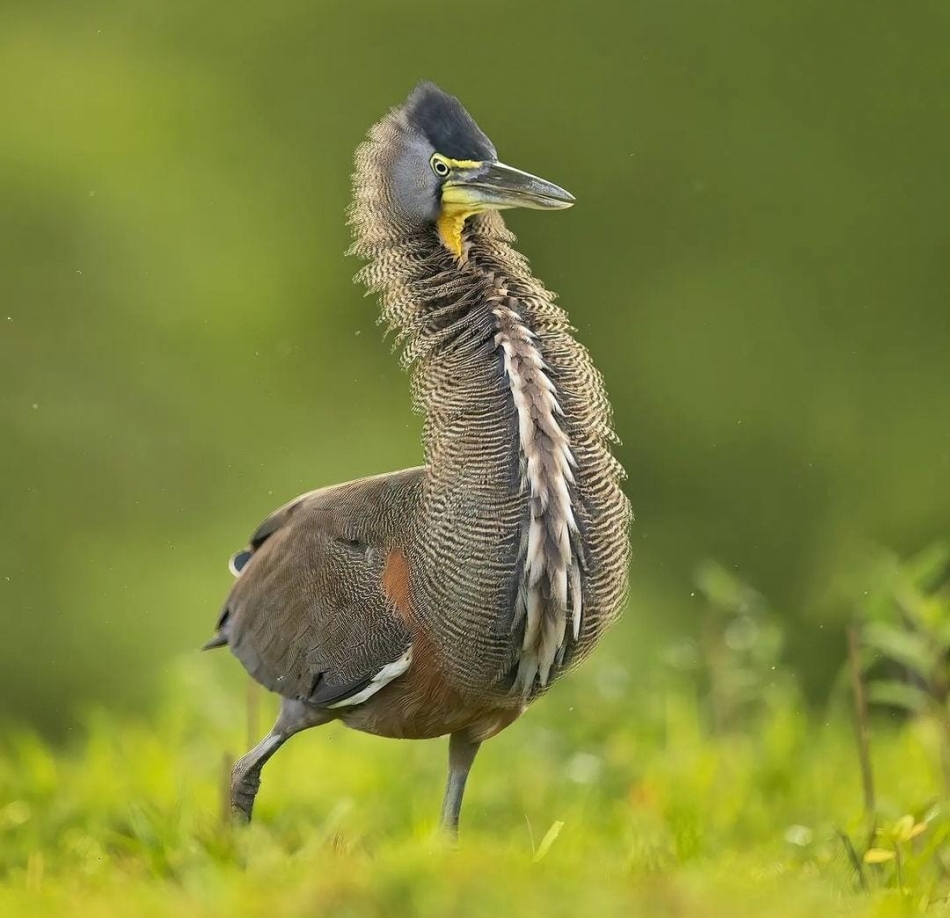
The Bare-throated Tiger-Heron can be found in coastal areas of Mexico, Central America, and northern South America. This medium-sized heron has cryptic coloring, with a green face and throat, black crown and nape, and grey side of the head. Its upper bill is black with a blue horn cutting edge, while the lower bill is dull yellow. The irises range from yellow to silver, and the lores, skin around the eye, and featherless throat are yellow-green, extending onto the lower bill. A black line runs from the eye to the throat, and the front of the neck is tawny with white stripes. The hind neck is finely barred in brown and buff, while the back has a dark olive-brown color with fine buff vermiculation. In flight, the feathers are black, and the under parts are cinnamon with grey thighs. The legs vary in color from dark grey olive to slate green. During nesting, the bare throat may turn bright yellow to orange. While its population size and trends are unknown, the Bare-throated Tiger-Heron is widely distributed throughout its range. It has been reported as common in Honduras, Guatemala, Belize, Nicaragua, and Costa Rica, rare to uncommon and possibly declining in Panama, and potentially at risk in north Colombia.
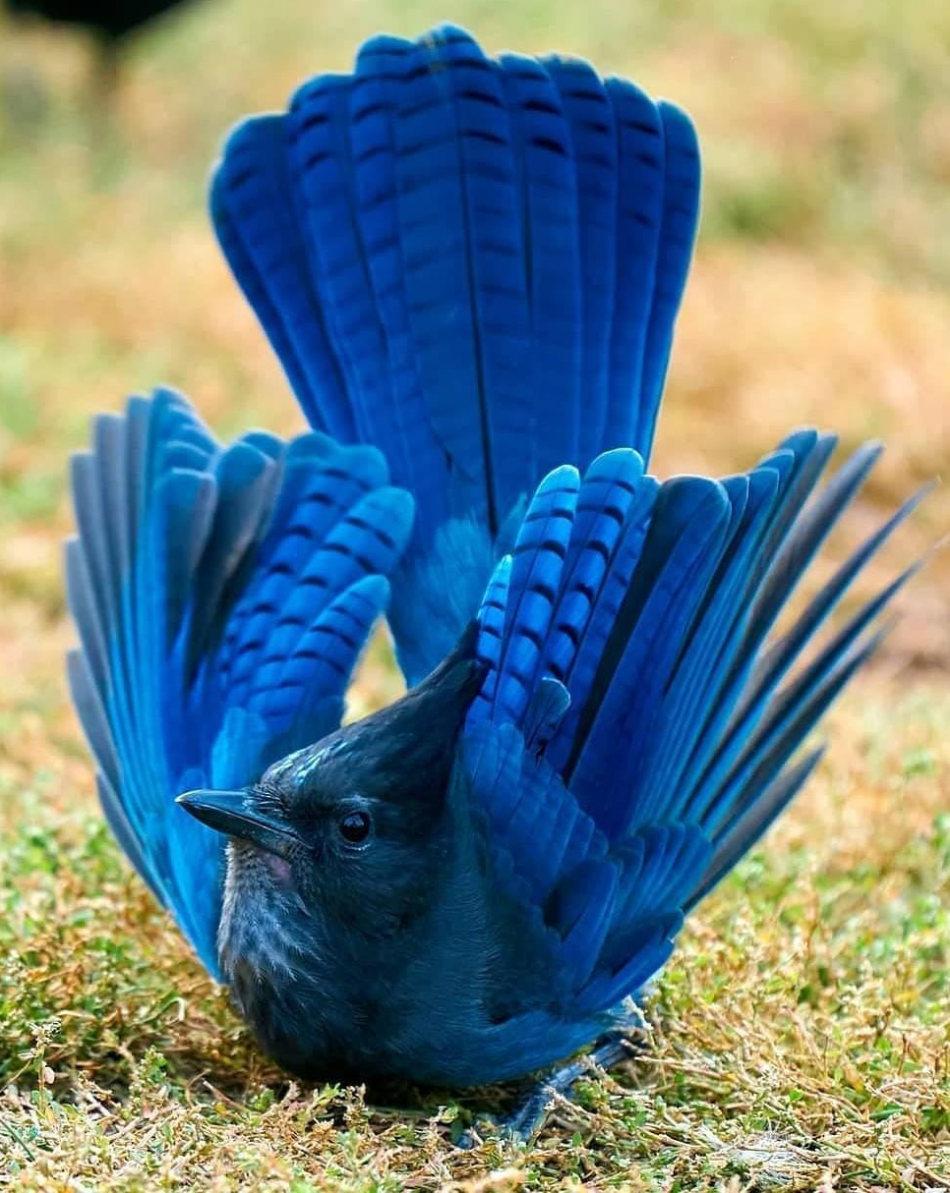
The Steller’s Jay, a bird with a beautiful deep blue and black plumage and a shaggy crest, can be easily identified by its striking appearance. Its front body is black while its rear is deep blue, with faint dark barring on its wings. You can also spot blue vertical ‘eyebrows’ above each eye in adult birds. Juvenile Steller’s Jays are similar to adults but have slightly browner heads and lack the blue eyebrows of the adult. Inland forms have a small white patch over the eye. Interestingly, Steller’s and Blue Jays are the only North American jays with crests and occasionally interbreed to produce hybrids. The construction of Steller’s Jay nests involves using mud. Jays will come to bird feeders and take peanuts, stuffing 1-2 in their crops before flying away. They also have a habit of caching nuts in the ground to eat during winter, marking the location with leaves or pieces of material but ultimately forgetting most of them, allowing for germination and growth of young trees.
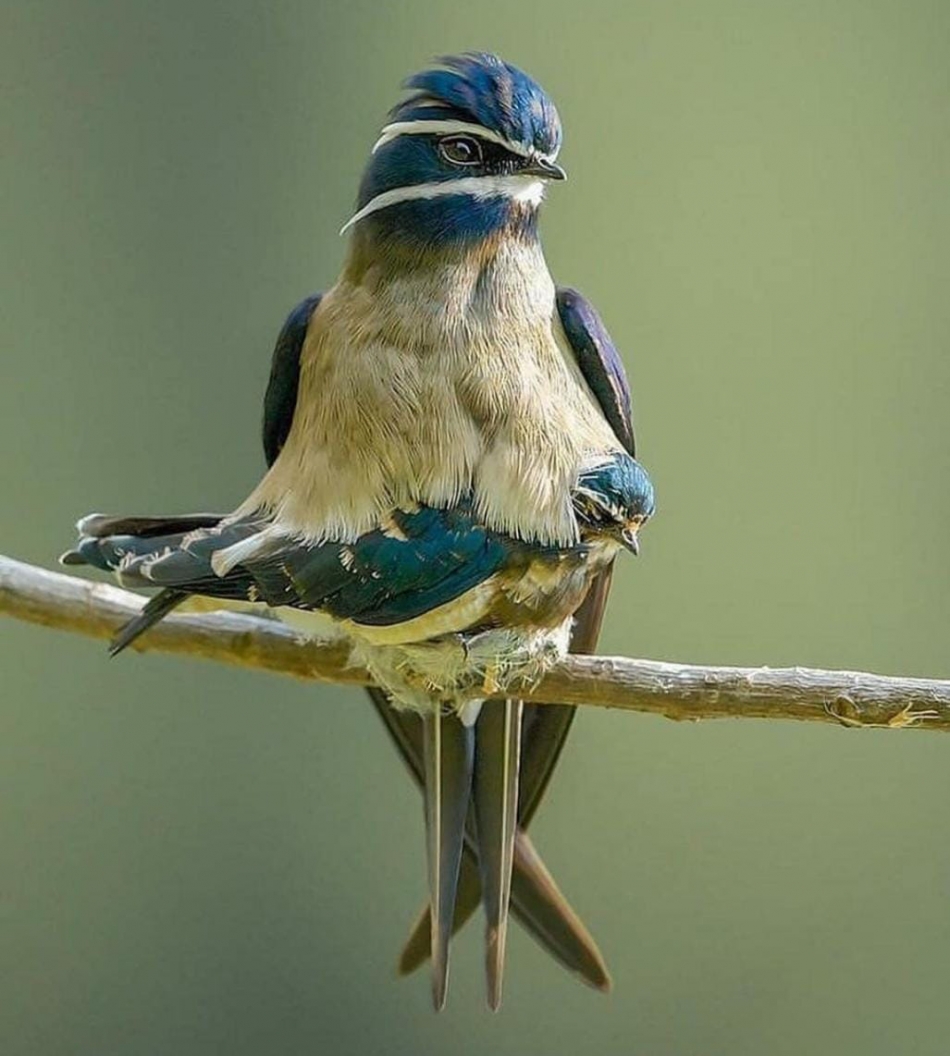
The Whiskered Treeswift, also known as Hemiprocne comata, is a type of bird belonging to the Hemiprocnidae family. These birds can be found in various countries such as Brunei, Malaysia, Singapore, Indonesia, Myanmar, Philippines, and Thailand. Adult male Whiskered Treeswifts have a dark bronze-brown body with a white belly, flanks, and under tail-coverts. They also have long wings, a deep blue forked tail, and white tertial flight feathers. The bird’s head is blue to glossy black with a slight crest. Their natural habitats include subtropical or tropical moist lowland forests, subtropical or tropical mangrove forests, and subtropical or tropical moist montane forests. Whiskered Treeswifts are forest-living birds that usually frequent small cover breaks like tracks or streams. They follow the vegetation up around the highest emergent crowns in evergreen forests, and sometimes in tall mangroves. This species can be found in plains up to 1000 to 1100 meters on slopes, but it is often seen below 800 meters in N Malay Peninsula.
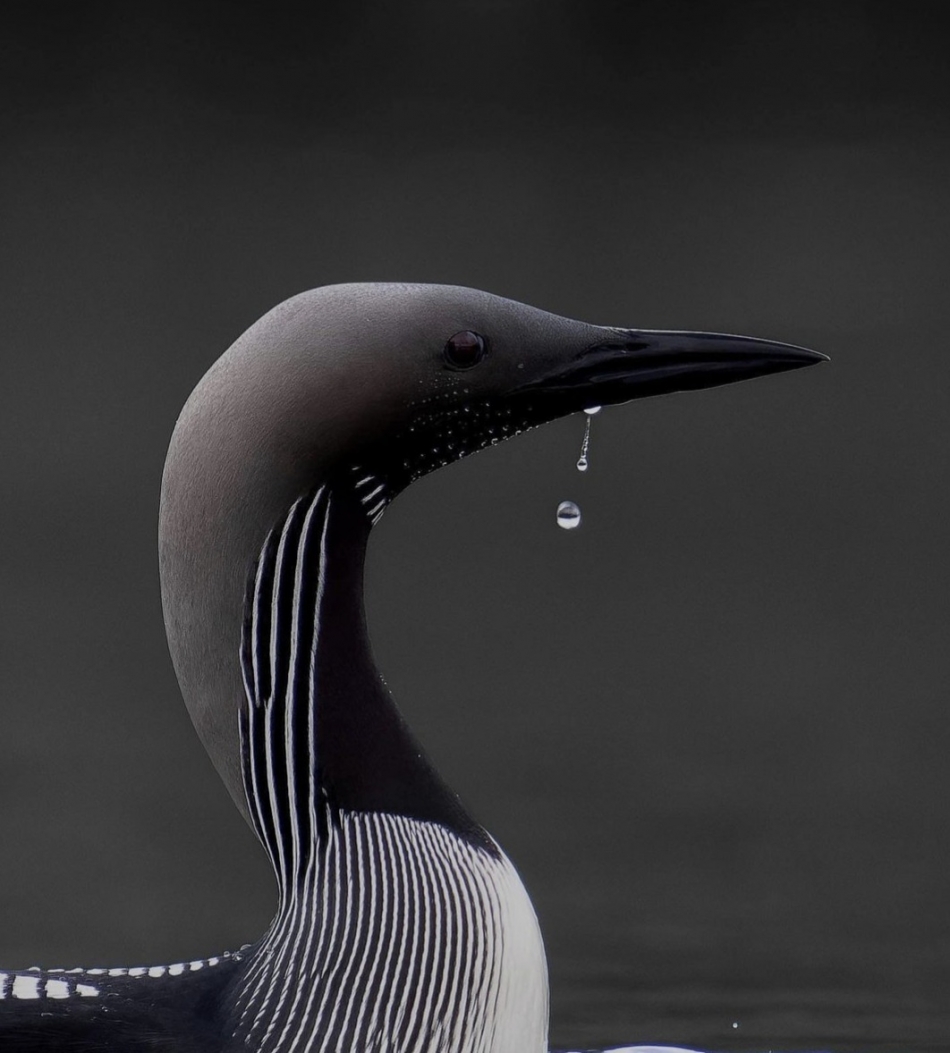
The black-throated loon, also known as the Arctic loon or black-throated diver, is a migratory bird found in the northern hemisphere. This aquatic bird primarily breeds in freshwater lakes throughout northern Europe and Asia, and winters along sheltered, ice-free coasts of the north-east Atlantic Ocean and the eastern and western Pacific Ocean. Carl Linnaeus first described this species in 1758, and it has two different subspecies. Although previously thought to be the same species as the Pacific loon, recent studies suggest that the black-throated loon is more closely related to the common loon and the yellow-billed loon. Unfortunately, the population of the black-throated loon is declining, but it is still considered to be a species of “least concern” by the International Union for Conservation of Nature (IUCN). Despite this, the black-throated loon is protected under both the Migratory Bird Treaty Act of 1918 and the Agreement on the Conservation of African-Eurasian Migratory Waterbirds.